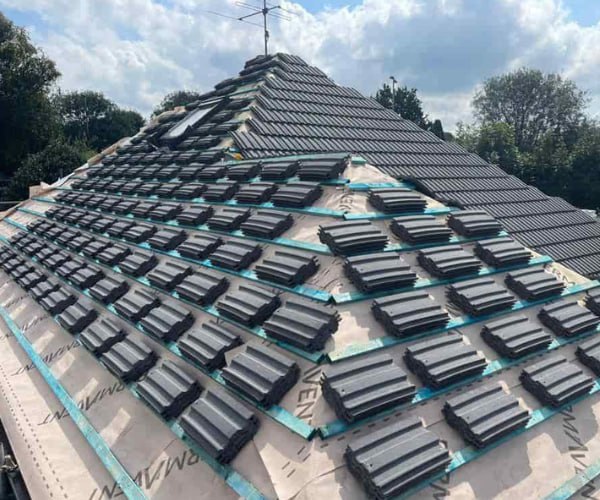Safety Precautions for DIY Lead Flashing Repairs
Introduction: Lead flashing repairs are a common DIY task for homeowners looking to maintain their roofs and prevent water infiltration. While DIY lead flashing repairs can be cost-effective, it’s essential to prioritise safety during the process. In this blog post, presented by WS Roofing South Elmsall, we’ll discuss crucial safety precautions to consider when undertaking DIY lead flashing repairs.
Safety First: Why it Matters
Working on your roof, especially with lead flashing repairs, presents several potential hazards. Prioritising safety protects you and ensures the quality and success of your repair project. Here are some key safety precautions to keep in mind:
1. Proper Attire:
- Wear appropriate clothing, including long sleeves, long pants, and sturdy, non-slip shoes with good traction.
- Use a safety helmet to protect your head from potential falling debris.
2. Ladder Safety:
- Ensure your ladder is in good condition and set on stable ground.
- Use ladder stabilisers or standoff brackets to maintain a safe distance from the roof edge.
- Have a spotter or helper to hold the ladder while you’re on it.
3. Weather Considerations:
- Avoid working on your roof during adverse weather conditions, such as rain, strong winds, or icy conditions.
- Wet roofs can be extremely slippery, making accidents more likely.
4. Tool Safety:
- Use the right tools for the job and ensure they are in good working order.
- Store sharp tools safely to prevent accidents.
5. Work Safely on the Roof:
- Never work alone on a roof; have a partner or spotter to assist and call for help if needed.
- Use roof jacks, harnesses, or safety lines on steep or high roofs.
- Be cautious around skylights, vents, and other roof openings, as they pose fall hazards.
6. Protective Gear:
- Always wear safety goggles or glasses to protect your eyes from debris and potential splashes of sealant or solder.
7. Asbestos Awareness:
- Be aware that older buildings may have lead-based paints or asbestos-containing materials. Handle these materials cautiously and consult professionals if you suspect their presence.
8. Safe Use of Materials:
- Work in a well-ventilated area or use appropriate respiratory protection when soldering or using sealants.
9. Electrical Safety:
- Be cautious when working near power lines or electrical components on the roof.
10. First Aid Kit:
- Keep a well-stocked first aid kit nearby in case of minor injuries.
Conclusion: DIY lead flashing repairs can be a rewarding and cost-effective way to maintain your roof. However, safety should always be your top priority. By following these safety precautions, you can ensure a safe and successful lead flashing repair project. If you ever feel uncomfortable or unsure about the task, it’s advisable to consult with a professional roofing contractor who can complete the repair safely and effectively.
Call us on: 01977 804 687
Click here to find out more about WS Roofing South Elmsall
Click here to complete our contact form and see how we can help with your roofing needs.

